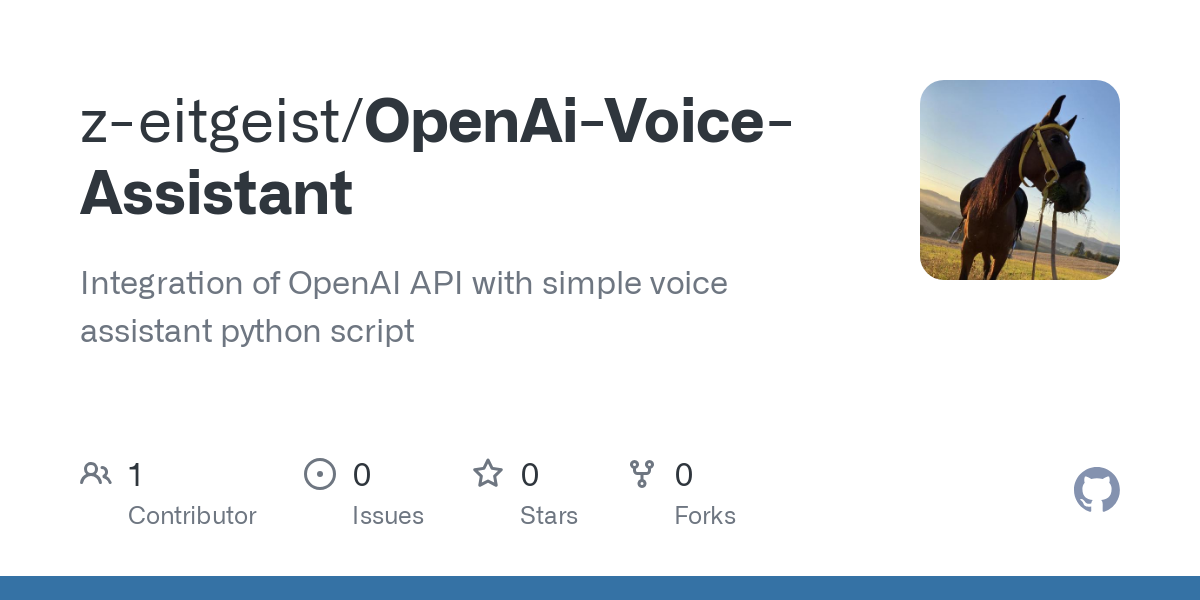The Process Of Data Transfer: A Step-by-Step Guide

Table of Contents
Understanding Data Transfer Methods
Data transfer methods can be broadly categorized into wired, wireless, and cloud-based approaches. Each offers unique advantages and disadvantages in terms of speed, security, and range.
Wired Transfer Methods
Wired transfer methods utilize physical connections to transfer data. These offer generally higher speeds and greater reliability than wireless options but lack the flexibility of wireless connections.
- Ethernet Cables: These provide high-speed, reliable connections for local area networks (LANs). Speeds range from 10 Mbps to 10 Gbps, ideal for large file transfers and network-intensive applications.
- Fiber Optic Cables: These utilize light signals for data transmission, providing extremely high bandwidth and long distances with minimal signal degradation. Common in long-distance telecommunications and high-performance computing.
- USB Connections: A ubiquitous standard for connecting peripherals to computers, USB offers varying speeds depending on the version (USB 2.0, USB 3.0, USB 4), suitable for transferring files between devices.
Advantages: High speed, reliability, low latency.
Disadvantages: Limited range, lack of mobility, physical cable management required.
Wireless Transfer Methods
Wireless data transfer offers mobility and convenience but often sacrifices speed and security compared to wired methods.
- Wi-Fi: A widely used standard for wireless local area networks (WLANs), Wi-Fi offers reasonable speeds and range, suitable for everyday data transfers like browsing and streaming. Security depends on the encryption protocol used (WPA2/3).
- Bluetooth: A short-range wireless technology primarily used for connecting peripherals like keyboards, mice, and headphones. Data transfer speeds are relatively low, suitable for small files.
- Cellular Data: Utilizing cellular networks for data transfer, cellular data offers mobility but speeds can vary greatly depending on network coverage and signal strength. Security is generally good, depending on the network provider and encryption.
Advantages: Mobility, convenience, easy setup.
Disadvantages: Slower speeds than wired options, susceptible to interference, security vulnerabilities.
Cloud-Based Data Transfer
Cloud storage services like Dropbox, Google Drive, and OneDrive facilitate data transfer between devices and locations. They offer convenience and accessibility but raise security and privacy concerns.
- Dropbox: A popular cloud storage service that allows users to easily sync files across multiple devices.
- Google Drive: Integrated into the Google ecosystem, Google Drive offers extensive storage and collaborative features.
- OneDrive: Microsoft's cloud storage solution, tightly integrated with Windows operating systems.
Advantages: Accessibility from anywhere, automatic synchronization, collaborative features.
Disadvantages: Reliance on internet connectivity, potential security breaches, data privacy concerns.
The Stages of a Data Transfer Process
Efficient data transfer involves several key stages. Proper planning and execution at each stage are crucial for successful and secure data transmission.
Data Preparation
Before initiating a transfer, preparing the data is critical. This includes:
- Data Cleaning: Removing errors, inconsistencies, and duplicates in the data.
- Data Formatting: Ensuring the data is in a compatible format for the receiving system.
- Data Compression: Reducing file sizes to speed up transfer times and save storage space (ZIP, RAR, 7z).
- Data Encryption: Protecting sensitive data during transit using encryption algorithms (AES, RSA).
These steps minimize errors and ensure data integrity during transfer.
Transfer Initiation
The method for initiating a data transfer varies depending on the chosen method.
- Drag-and-drop: Simple method for transferring files between devices or folders.
- Command-line interface: Provides more control and automation for large-scale data transfers.
- Cloud service upload: Uploading files to a cloud storage service for synchronization and sharing.
Transfer protocols (FTP, SFTP, SCP) govern how data is transmitted, impacting speed and reliability.
Transfer Monitoring and Verification
Monitoring the transfer process and verifying data integrity are essential.
- Error checking: Identifying and correcting errors during the transfer process.
- Checksums: Verifying data integrity by comparing checksums before and after transfer.
- Data validation: Confirming that transferred data meets specified requirements and quality standards.
Troubleshooting common issues, such as network connectivity problems or corrupted files, is also critical.
Data Storage and Archiving
Secure storage post-transfer is crucial. Options include:
- Secure cloud storage: Using encrypted cloud services with robust security measures.
- Local hard drives: Storing data on local hard drives with appropriate access controls.
- External storage solutions: Using external hard drives or network-attached storage (NAS) devices.
Data backup and disaster recovery planning are essential for business continuity.
Security Considerations in Data Transfer
Security is paramount during data transfer. Implementing appropriate measures minimizes the risk of data breaches and unauthorized access.
Encryption Methods
Encryption is crucial for protecting data during transfer. Methods include:
- Symmetric encryption: Uses the same key for encryption and decryption (AES).
- Asymmetric encryption: Uses separate keys for encryption and decryption (RSA).
Strong passwords and access controls are also essential security measures.
Data Loss Prevention
Preventing data loss during transfer requires several strategies:
- Redundancy: Using multiple transfer paths or backup copies of the data.
- Backups: Regularly backing up data to prevent loss in case of failures.
- Error correction codes: Detecting and correcting errors during the transfer process.
Choosing appropriate security protocols based on data sensitivity is also critical.
Compliance and Regulations
Data transfer processes must comply with relevant regulations, such as:
- GDPR (General Data Protection Regulation): Governs the processing of personal data in the European Union.
- CCPA (California Consumer Privacy Act): Protects the privacy rights of California consumers.
Understanding and adhering to these regulations are crucial for legal compliance.
Conclusion
Efficient and secure data transfer is a multi-step process involving careful planning, appropriate method selection, and robust security measures. By understanding the intricacies of data transfer methods, from wired and wireless connections to cloud-based solutions, and by implementing strategies for data preparation, monitoring, and secure storage, you can ensure the reliable and protected movement of your valuable data. Master the art of efficient data transfer today! By optimizing your data transmission strategies, you can improve your workflows and minimize the risks associated with data loss and security breaches. Remember to choose the right method for secure data transfer, considering factors such as speed, security, and the sensitivity of your data.

Featured Posts
-
 Kalanick On Uber Regretting The Decision To Drop Product Strategy
May 08, 2025
Kalanick On Uber Regretting The Decision To Drop Product Strategy
May 08, 2025 -
 Triunfo De Filipe Luis Conquista Un Nuevo Titulo
May 08, 2025
Triunfo De Filipe Luis Conquista Un Nuevo Titulo
May 08, 2025 -
 Open Ai Unveils Streamlined Voice Assistant Creation At 2024 Event
May 08, 2025
Open Ai Unveils Streamlined Voice Assistant Creation At 2024 Event
May 08, 2025 -
 Bitcoin Madenciliginin Karlilik Duesuesue Neden Ve Ne Yapmali
May 08, 2025
Bitcoin Madenciliginin Karlilik Duesuesue Neden Ve Ne Yapmali
May 08, 2025 -
 Kripto Para Piyasasinda Wall Street In Etkisi Degisen Tutumlar
May 08, 2025
Kripto Para Piyasasinda Wall Street In Etkisi Degisen Tutumlar
May 08, 2025
Latest Posts
-
 Bitcoin Price Rebound A Look At Potential Future Growth
May 09, 2025
Bitcoin Price Rebound A Look At Potential Future Growth
May 09, 2025 -
 Bitcoin Seoul 2025 Networking And Innovation In Asia
May 09, 2025
Bitcoin Seoul 2025 Networking And Innovation In Asia
May 09, 2025 -
 Understanding The Recent Surge In Bitcoin Mining Power
May 09, 2025
Understanding The Recent Surge In Bitcoin Mining Power
May 09, 2025 -
 Is Bitcoins Rebound Just The Beginning A Comprehensive Analysis
May 09, 2025
Is Bitcoins Rebound Just The Beginning A Comprehensive Analysis
May 09, 2025 -
 Increased Bitcoin Mining Exploring The Factors Driving The Rise
May 09, 2025
Increased Bitcoin Mining Exploring The Factors Driving The Rise
May 09, 2025
